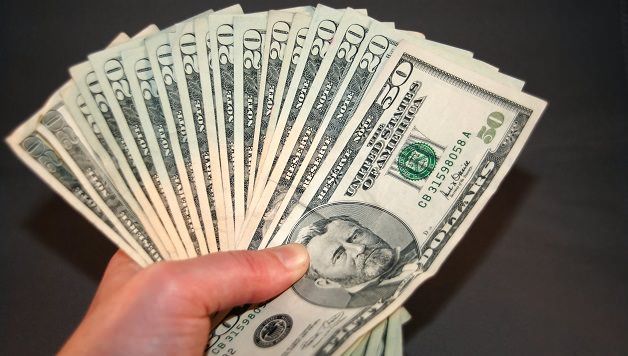U.S. Dollar Strength Hurdle for Bitcoin’s Next Move
Key Takeaways
- Bitcoin’s rise above $120,000 faces challenges if the US dollar continues to strengthen.
- Global trade tensions are clouding Bitcoin’s short-term price forecast.
Bitcoin’s price dropped below $114,000 recently amid a climb in the US Dollar Index (DXY), which reached its highest point in more than two months.
Traders are observing the potential for Bitcoin to recapture the $120,000 mark against a backdrop of a reversing US dollar, which started showing signs of weakness after failing to regain the 100 level.
The DXY’s decline stemmed from a weaker-than-anticipated US jobs report for July, prompting bets on Federal Reserve interest rate cuts, which diminishes the dollar’s yield advantage. Reuters also linked inflationary pressures from new US import tariffs with possible negative policy repercussions.
Weaker USD Can Boost Bitcoin, But Broader Weakness Remains
While a declining US dollar typically supports investment in riskier assets like Bitcoin, an economic slowdown or heightened risk aversion could negate this effect.
An example cited is from June to September 2024, where a falling dollar alongside waning investor confidence failed to lift Bitcoin significantly from around $67,000.
Corporate Risk Appetite Indicator Correlates with Market Trends
Another angle for assessing market sentiment is the ICE BofA High Yield Option-Adjusted Spread (HYOA). This measure reflects compensation investors require for holding lower-rated corporate bonds, serving as a proxy for risk appetite.
The spread, which spiked in August-September 2024 concurrent with higher borrowing costs for companies and falling Bitcoin, recently retreated. This decline occurred alongside Bitcoin’s sharp rally from around $74,500 in April, further suggesting heightened risk appetite supports risk assets.
Drawing on data from SIFMA Research, USD 11.4 trillion in corporate bonds exist. A widening spread signals higher borrowing costs for corporations, potentially dampening earnings expectations and negatively affecting sentiment.
Currently, the HYOA spread is near its 200-day moving average, indicating neither extreme bullishness nor bearishness in the market.
Therefore, while the recent weakening of the dollar adds a potential tailwind for Bitcoin, the path to reclaiming $120,000 remains obstructed by persistent uncertainties, particularly surrounding US labor market conditions and China-U.S. import friction.
This article is for general information purposes and is not intended to be and should not be taken as legal or investment advice. The views, thoughts, and opinions expressed here are the author’s alone and do not necessarily reflect or represent the views and opinions of Cointelegraph.











